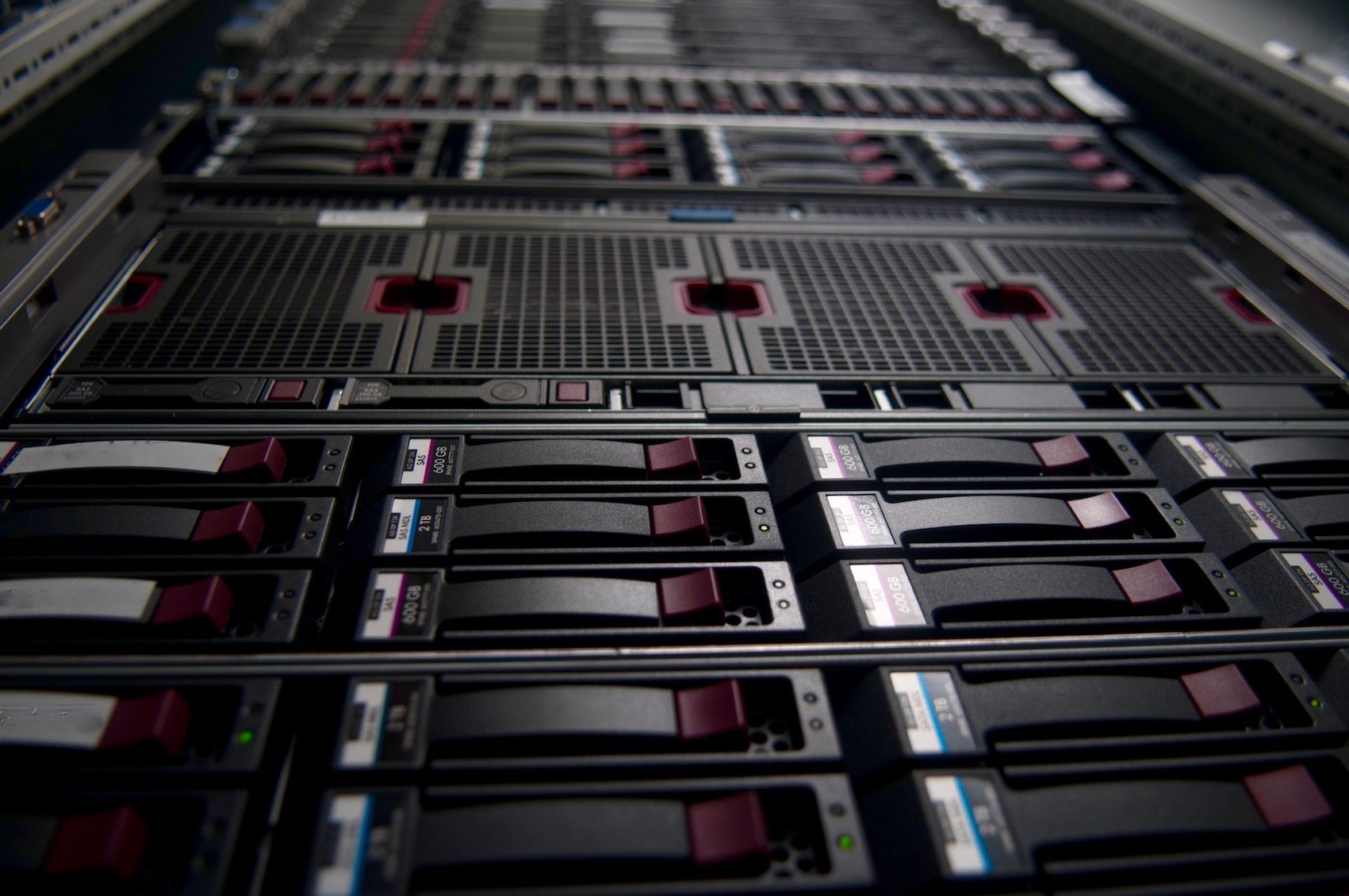Going cloud is the new black, and has been for a few years already. Customers ask us: What is your Cloud Strategy? Can you help us moving to the cloud? Are your services Cloud Compliant? Check out some real-life scenarios.
5 valuable considerations
Going cloud is the new black, and has been for a few years already. Customers ask us: What is your Cloud Strategy? Can you help us moving to the cloud? Are your services Cloud Compliant? (Is ... [continue reading]






